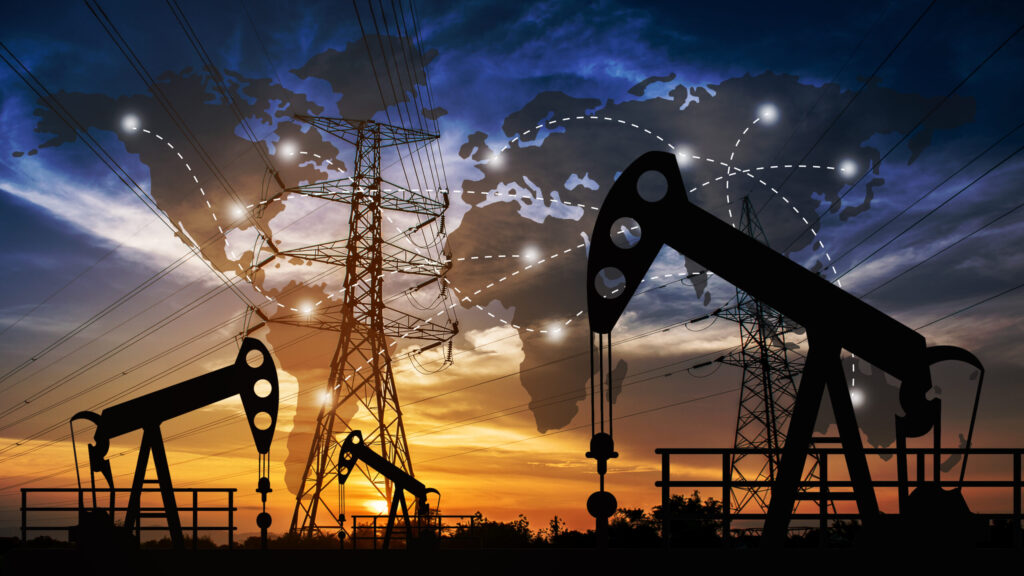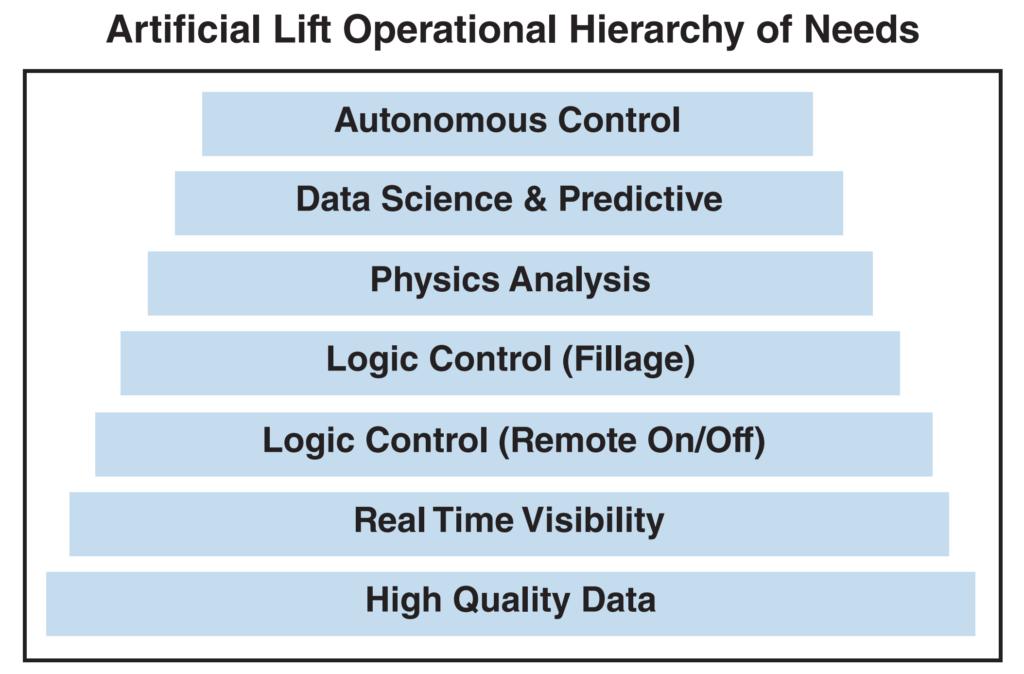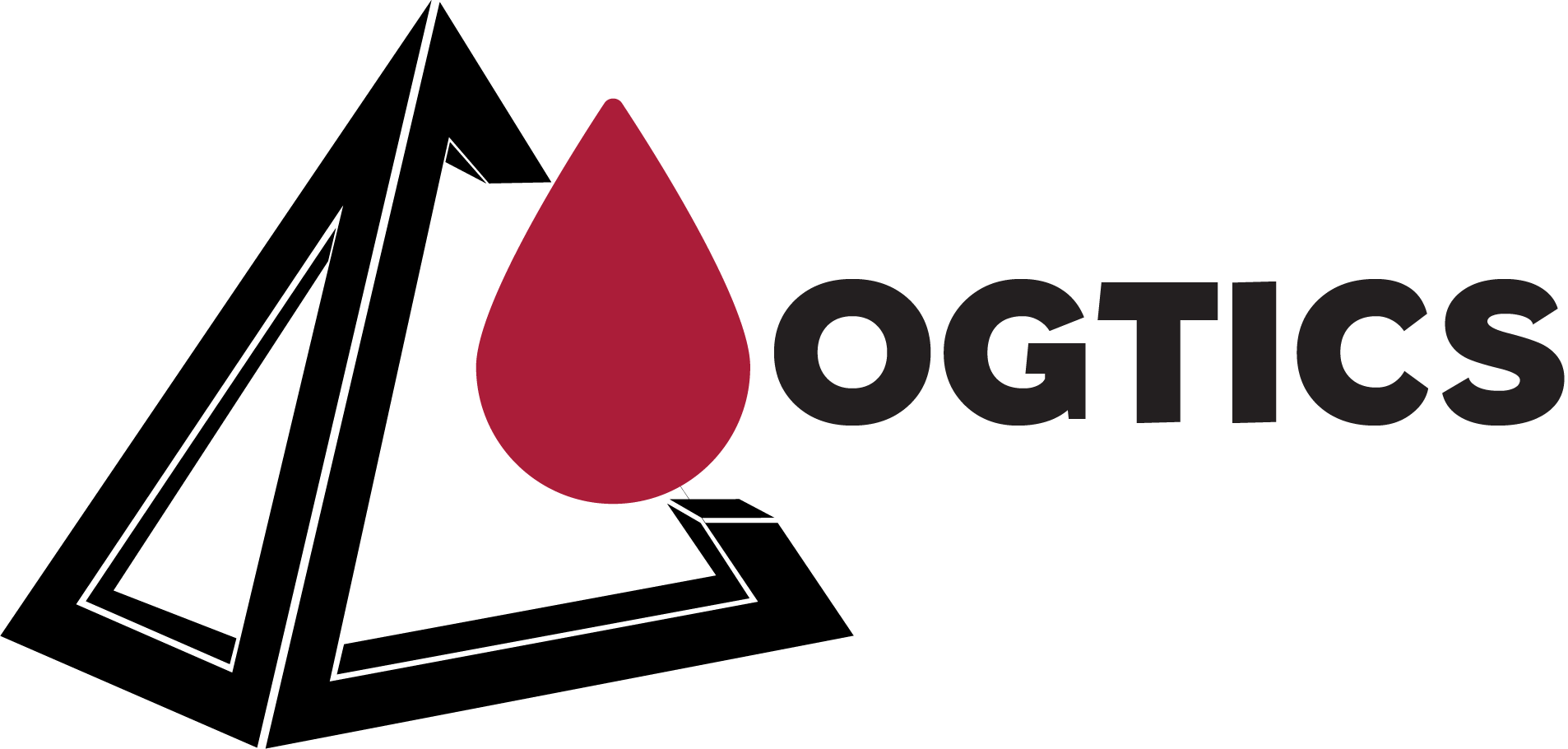
During recent years, the oil and gas industry has experienced lots of improvements that have impacted the regional and the global businesses and economies associated with the oil industry as well as other energy sectors. It’s a well-established fact nowadays that the organizations are pushing their traditional exploration, operation, and maintenance practices towards more predictive and data-driven analysis and practices. The upstream sector of the oil and gas exploration and production industry is no exception to these improvements. Issues such as unplanned shutdown time and failure of equipment would cause a huge impact on operational efficiency.
Artificial lift optimization is one of the core activities that production engineers and technicians are asked to perform on a daily basis. The emphasis on optimizing the performance of artificial lift systems is particularly important in today’s operating environment with operators restarting shut-in wells and focusing like never before on improving the overall economics of every producing asset. Main benefits of performance optimization of Artificial lifts in the production environment are listed below:
- Minimize pressure losses in the production tubing
- Minimize capital and operational expenditures
- Improve drawdown and flow rates
Smart Optimization of Artificial Lifts

The concept of Artificial Intelligence a. k.a. AI critically refers to the idea of programming machines to think like humans and imitate their actions. This concept has been developing over the years to involve any machines with the ability to learn and perform problem-solving. The concept of machine learning (ML), an application of Al, is the part concerned with the improvement of programs that can access directly and indirectly all the historical data and learn from the different market and operational experiences. The possibilities of using AI and ML applications have huge potential in addressing many aspects in the oil and gas industry.
Artificial intelligence and machine learning are used by the system to automatically determine and adjust the optimum gas injection rate over time using readily available, real-time data at the wellsite. The system collects well data from a variety of existing sources including flow meters and tank level measurements. Then it calculates the optimum injection rate and adjusts control valves and/or the compressor to either maximize the well’s financial return or its production rate. This edge-based computing, delivered via either the controller or an industrial PC, provides faster and more precise adjustments than are possible using with manual monitoring and optimization methods.
The results of this intelligent, adaptive production system include:
- Optimized production flow: By constantly adapting to changes in the well’s production profile, the system has proven its ability to boost production rates by up to 10% versus traditional optimization techniques.
- Simplified production management: Implementing this “set it and forget it” approach can significantly lower the manhours associated with current gas lift systems by eliminating unnecessary well tests and wellsite system checks and minimizing data analysis and engineering times.
- Improved well economics: Continuously optimizing gas lift injection rates reduces OPEX associated with field personnel, surface hardware and power costs. It can also lower capital expenditures by permitting streamlined surface facilities.
The data captured by the Intelligent artificial lift optimization system can also be used to proactively monitor and diagnose compressor or well issues— minimizing production interruptions and lowering maintenance costs.
